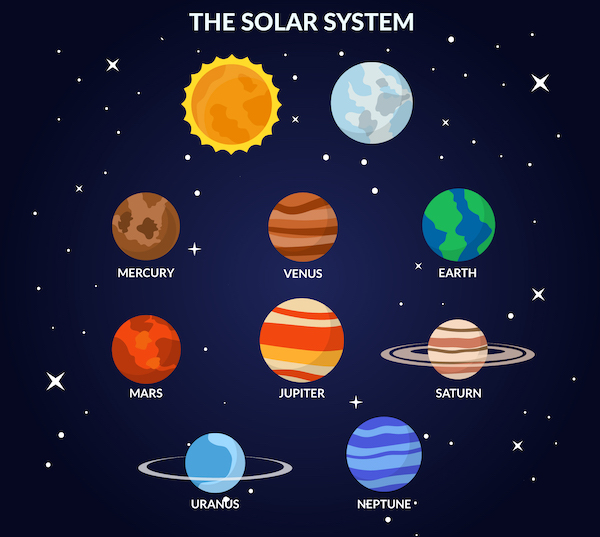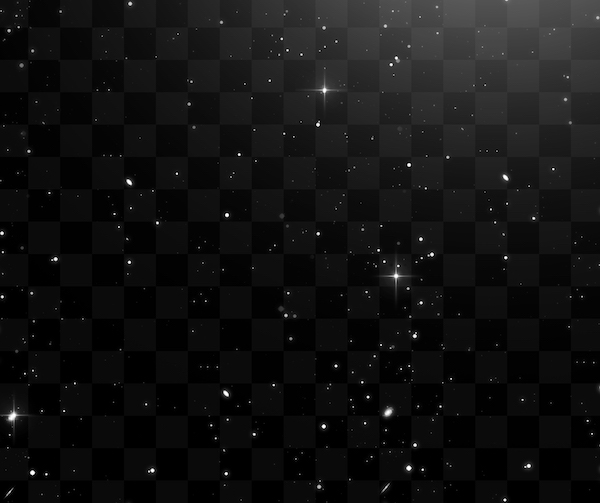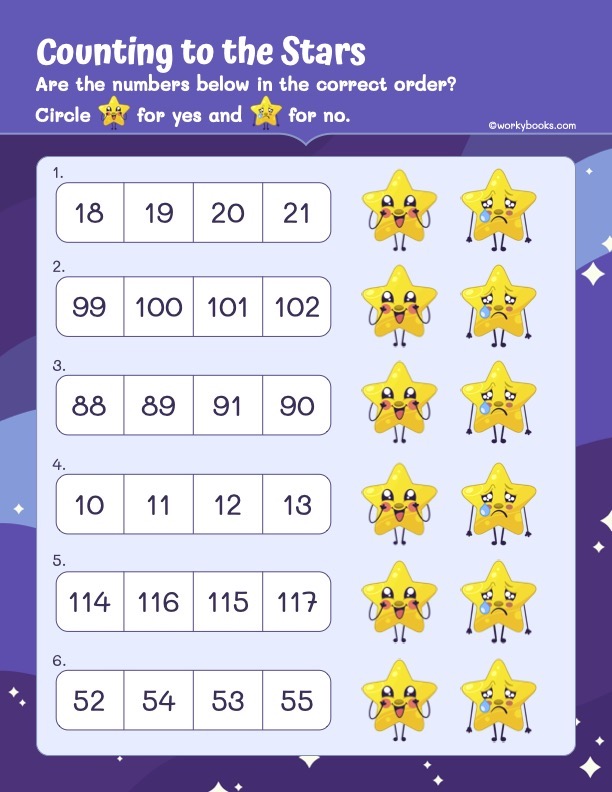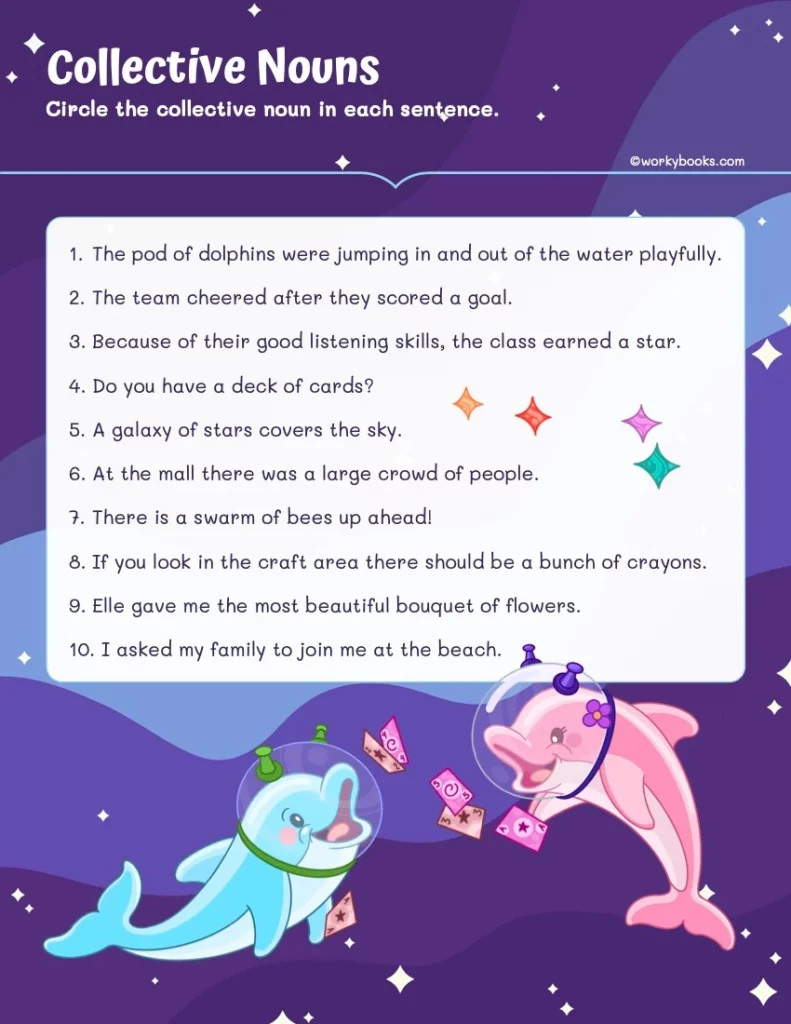Stars and Planets : What’s the Difference?

Hello there, young explorers of the universe! Today, I’m thrilled to take you on an exciting journey through space to discover the fascinating difference between planet and star. You see many tiny, twinkling lights, right? Some of those lights are stars, and some could be planets. Our plant & star might look similar from far away, but they are actually very different! First things first, what exactly differ between stars and planets?
What Are Stars?
A star is a massive, luminous sphere of plasma held together by its own gravity. The key word here is “luminous” – stars generate their own light and heat. This happens through a process called nuclear fusion. At the incredibly hot and dense core of a star, immense pressure forces hydrogen atoms to fuse together, creating helium and releasing a colossal amount of energy in the form of light and heat. This energy radiates out into space, making stars visible across vast cosmic distances.
Our Sun is the closest star to Earth and a perfect example. Stars are the fundamental building blocks of galaxies and are responsible for creating most of the elements in the universe. They come in various sizes, colors, and temperatures, from red dwarfs to brilliant blue giants. Without stars, the universe would be a dark, cold, and lifeless place.
Fun Fact: The Sun is so big that you could fit about 1.3 million Earths inside it!
What Are Planets?
In contrast to stars, planets are much different in nature and origin. The word “planet” itself comes from the Greek word for “wanderer,” as ancient astronomers noticed these objects moving against the backdrop of “fixed” stars.
A planet is a celestial body that:
- Orbits a star (like our Sun).
- Is massive enough for its own gravity to pull it into a nearly round shape (a state called hydrostatic equilibrium).
- Has cleared the neighborhood around its orbit of other debris.
Unlike stars, planets do not generate their own light through nuclear fusion. Instead, they reflect the light of their parent star. This is the most straightforward way to tell them apart in the night sky; stars twinkle due to atmospheric interference, while planets typically shine with a steadier light.
Important Fact: There are eight planets in our solar system: Mercury, Venus, Earth, Mars, Jupiter, Saturn, Uranus, and Neptune.

What is the difference between stars and planets?
Let’s compare stars and planets side by side to know the difference between star and planet:
| Aspect | Stars | Planets |
| Size | The stars are really big. Example: If the Sun were the size of a basketball, the Earth would be about the size of a tiny pea! | The stars are super hot. |
| Temperature | The stars are really big. | Planets have a wide range of temperatures. Example: Mercury can reach 800°F (430°C) during the day, while Neptune averages -353°F (-214°C). |
| Composition | The stars are super hot. | It can be made of rock, gas, or ice. Example: Earth is made of rock and metal, while Jupiter is a giant ball of gas. |
| Light | Produce their own light and heat through nuclear fusion. | Reflect the light from their star; they don’t create their own light. |
| Movement | Stars stay in one place relative to us and form patterns in the sky called constellations. Example: The Big Dipper is a constellation made of stars that always looks the same. | Planets move around stars in paths called orbits, changing position from night to night. Example: Mars moves across the sky and is sometimes visible near other planets or stars. |
Fun Fact: Did you know that our Sun is just one of the billions of stars in our galaxy, the Milky Way? And astronomers estimate that there are billions of galaxies in the universe, each containing countless stars and planets!

FAQ on stars and planets
Can a planet become a star?
No, a planet cannot become a star. The fundamental difference is mass. Stars are born from clouds of gas and dust that collapse under their own gravity until their core is hot and dense enough for nuclear fusion to ignite. Planets simply do not have enough mass to create the immense pressure and temperature required for this process. The largest planet in our solar system, Jupiter, would need to be about 75-80 times more massive to become even a small star (a red dwarf).
Why do stars twinkle, but planets don’t?
This is a classic observation with a simple explanation rooted in astronomy. Stars twinkle (a effect called scintillation) because they are so far away that they appear as single points of light in our sky. As their light passes through Earth’s turbulent atmosphere, it gets bent and distorted, causing the twinkling effect. Planets, being much closer, appear as tiny disks in the sky. The light from different parts of the disk averages out, making the planet’s light appear more steady and constant to our eyes.
Are all stars equally bright?
No, stars can be different in brightness. Some stars look brighter because they are closer to us, while others are naturally brighter because they are bigger or hotter.
Are all stars the same color?
No, stars can be different colors. Hot stars are blue or white, medium-temperature stars are yellow (like our Sun), and cooler stars are red or orange.

| Sirius: | The brightest star in the night sky. It’s very bright because it is close to us and very luminous |
| Betelgeuse: | A red star that is cooler than many other stars. It’s part of the constellation Orion. |
| Rigel: | A blue star in the constellation Orion. It is much hotter than Betelgeuse. |
Colors of Stars: Remember, the color of a star depends on its temperature
| Hot stars are blue or white. |
| Medium-temperature stars are yellow, like our Sun. |
| Cooler stars are red or orange. |
Example: If you look at a flame, the hottest part is blue, and the cooler part is orange or red.
Here is reading comprehension quiz on our solar system in interactive format.

.
Here is another grade 1 worksheet, titled “Counting to the Stars” focuses on helping students understand and practice the concept of counting in order. It presents a series of number sequences, and students are required to identify whether the numbers are in the correct ascending order or not. By circling “yes” or “no,” they demonstrate their ability to recognize and analyze patterns in numerical sequences.




